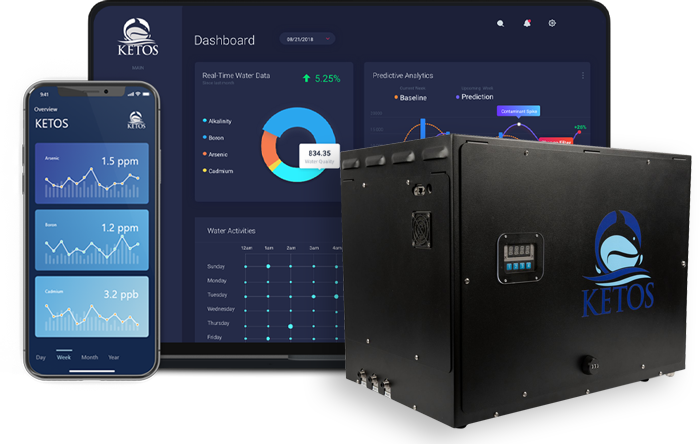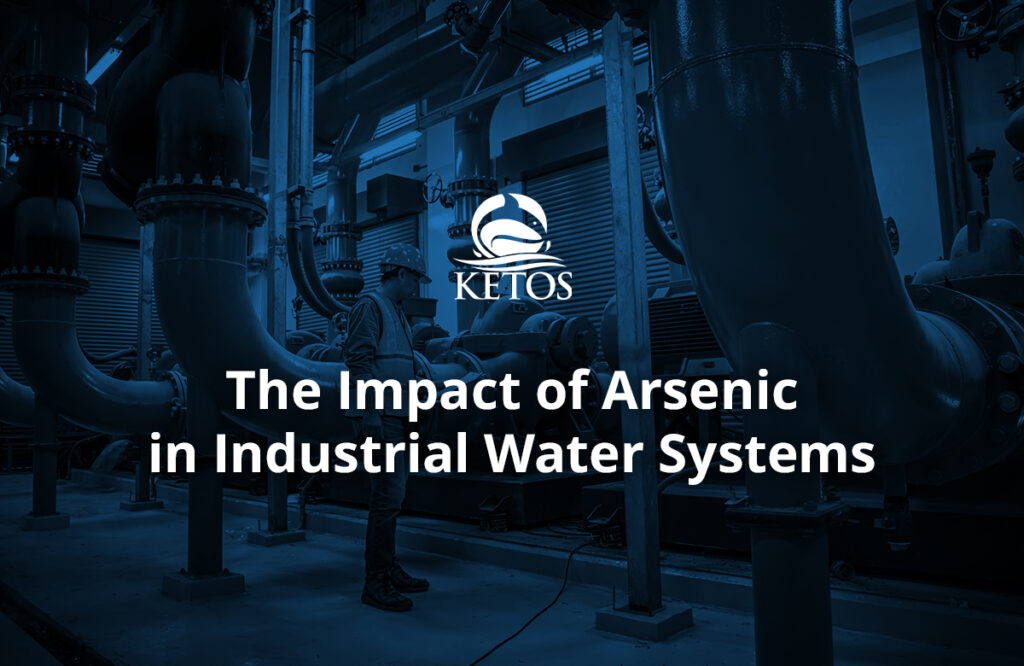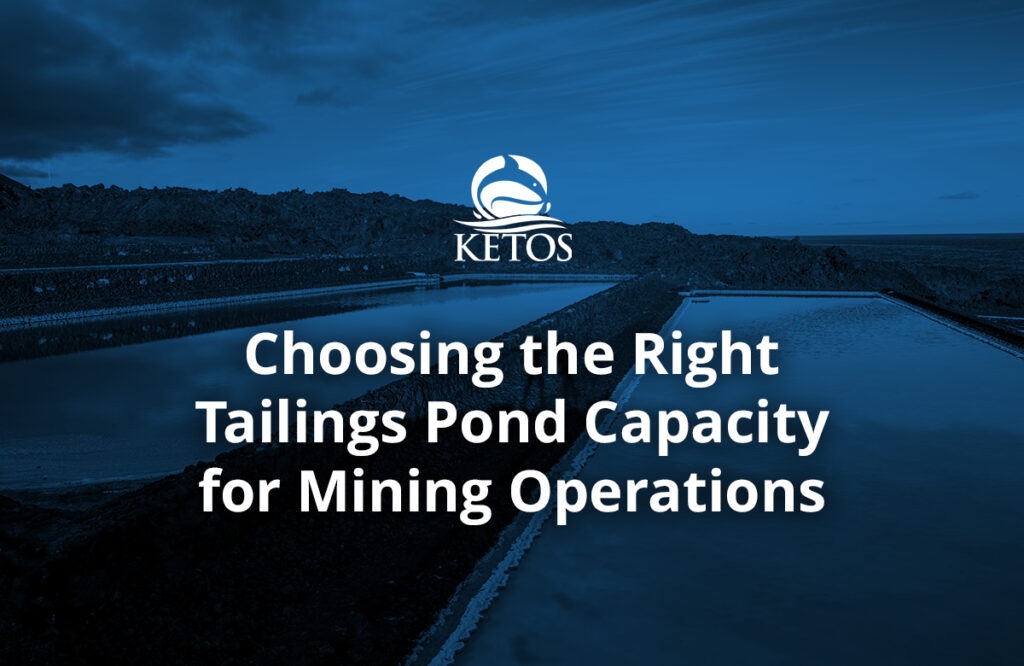As global business communities become increasingly conscious of their industries’ environmental impacts on climate, the interconnection between water management and sustainability has come to the forefront. While many have focused on lowering the carbon output of activities like manufacturing and energy production, water’s role in the equations is becoming increasingly apparent. That’s why, as companies prioritize sustainability measures and work to increase their transparency and reporting, considering the implications of water usage – and finding ways to reduce waste or recycle water more effectively will become a cornerstone in reducing overall carbon emissions.
Sustainability Reporting and the Water-Carbon Nexus
Water and carbon emissions are intricately linked. Extracting, treating, and distributing water is energy-intensive, contributing significantly to greenhouse gas emissions. However, by improving water management practices, companies can dramatically reduce the energy required for these processes, thereby cutting carbon emissions. Reducing carbon is possible via:
- Efficient Water Use: Reducing water waste through precise monitoring minimizes the energy needed for water treatment and pumping.
- Leak Detection: Early detection and repair of leaks prevent water loss and reduce the energy used to compensate for lost water.
- Recycling and Reuse: Treating and reusing water on-site decreases the demand for freshwater and the energy consumption of sourcing and transporting new supplies.
Digital Water Quality Monitoring and Sustainability Initiatives
Digital water quality monitoring systems, like those offered by KETOS, provide real-time data and insights critical for effective water management. These systems help organizations to:
- Optimize Water Usage: By providing detailed analytics on water consumption, organizations can identify inefficiencies and implement corrective measures.
- Ensure Compliance: Continuous monitoring ensures that water quality meets regulatory standards, avoiding potential penalties and environmental harm.
- Promote Sustainability: Data-driven insights enable organizations to adopt sustainable practices, contributing to broader environmental goals.
Sustainability Reporting: Gaining a Foothold Across Industries
While many companies, like Microsoft, Ford, and Coca-Cola, have pledged to increase sustainability reporting, especially around water usage, communities worldwide demand more. Constituents and consumers are calling on corporations and local governments to provide more transparency around water quality, especially after recent microplastic and PFAS revelations.
Many regions around the globe are also facing water shortages, thanks to climate change and the shifting of weather patterns.
In response, technology is already being leveraged to help track and report on water quality and availability. For example, agricultural institutions in the southwest of the United States are facing dire water shortages and seeking ways to better manage water resources – including leveraging satellite data. Similarly, there have been calls worldwide for data centers to increase the resiliency of their cooling apparatus to ensure operations do not negatively impact the surrounding communities and ecosystems. This has led to internal and external pushes towards more sustainability reporting and an imperative to prioritize sustainability measures that address water and carbon outputs.
The EU’s Corporate Sustainability Reporting Directive (CSRD)
The European Union is on a quest to become the world’s first climate-neutral continent by 2025. Its recent move towards more comprehensive sustainability reporting, encapsulated in the Corporate Sustainability Reporting Directive (CSRD), marks a significant shift towards holistic environmental accountability. The CSRD is aggressively expanding the scope of sustainability reporting, requiring companies to provide detailed information on their environmental impact, including water management and carbon emissions. The new policy is being rolled out, with expansion deadlines across 2024 to 2028 (depending on the business type and size).
Key Aspects of the CSRD:
- Expanded Scope: The directive applies to a broader range of companies, including large companies and listed SMEs, significantly increasing the number of organizations required to report.
- Detailed Reporting Requirements: Companies must report on environmental, social, and governance (ESG) factors, with a particular emphasis on their environmental impact, water usage, and carbon footprint.
- Integration with Financial Reporting: Sustainability reports will integrate with annual financial reports, measuring environmental impact alongside financial performance.
- Up and Down-Stream Implications: Company scoring will take into account existing contracts and scrutinize value chains to push more organizations to adhere to CSRD reporting and adopt sustainability best practices to remain competitive.
Implications of CSRD for European and American Companies
The CSRD will have far-reaching implications for companies operating within the EU and those with significant business ties to the region.
For European Companies: Compliance with the CSRD will necessitate a thorough evaluation of water management practices and their environmental impact. Companies will be required to invest in robust monitoring and reporting systems to meet the new standards.
For American Companies: Those with operations or substantial market presence in the EU will also be affected. They will need to align their sustainability reporting with CSRD requirements, fostering greater transparency and accountability.
Water and Carbon Sustainability: Taking Responsibility
Water management (and taking advantage of water technologies) is essential to reducing carbon emissions as we advance toward a sustainable future. Digital water quality monitoring solutions, like those provided by KETOS, are pivotal in enabling organizations to achieve their sustainability goals. Already, 45% of KETOS customers use the KETOS SHIELD to monitor water so that they can recycle it in their process again or use it elsewhere. It’s a notable step in the right direction!
The EU’s CSRD underscores the growing demand for comprehensive sustainability reporting, compelling companies on both sides of the Atlantic to prioritize environmental stewardship. By integrating effective water management into their sustainability strategy, businesses can significantly reduce their carbon footprint and contribute to a greener planet.
If you are a European organization or have a presence in the EU and require a water quality monitoring solution for CSRD or want to make water quality reporting as seamless as water quality management, contact us.










